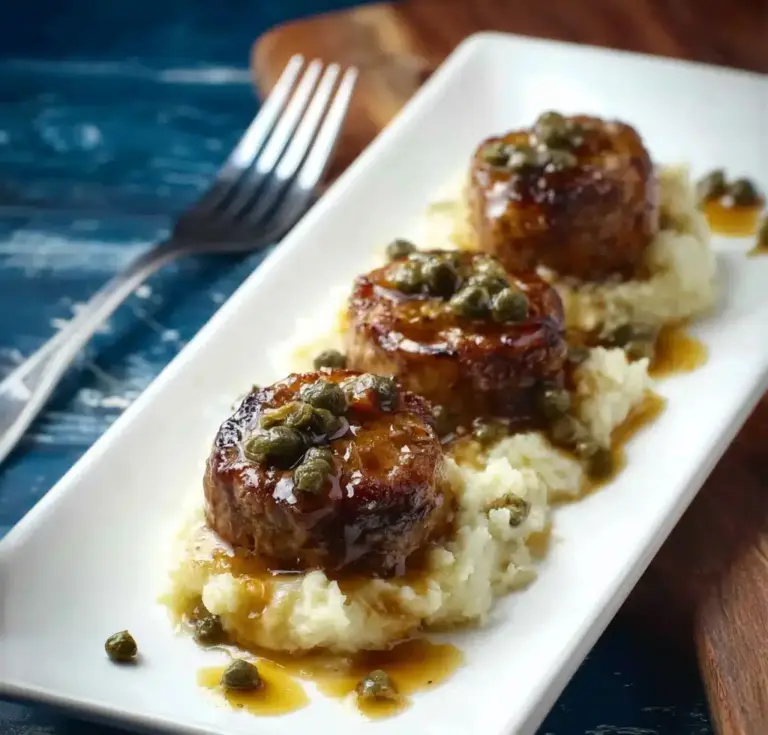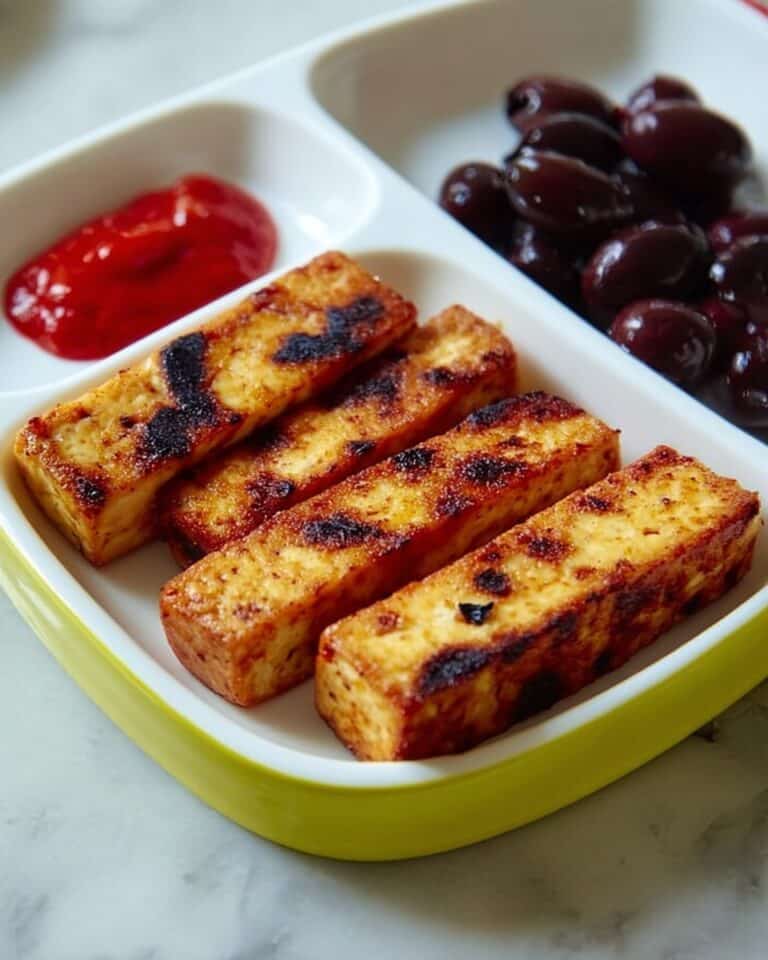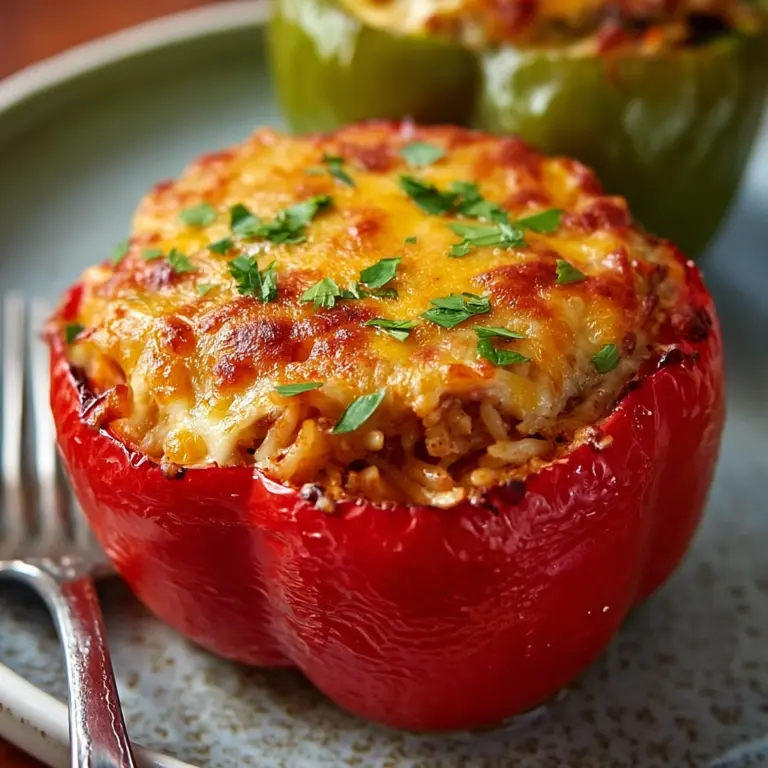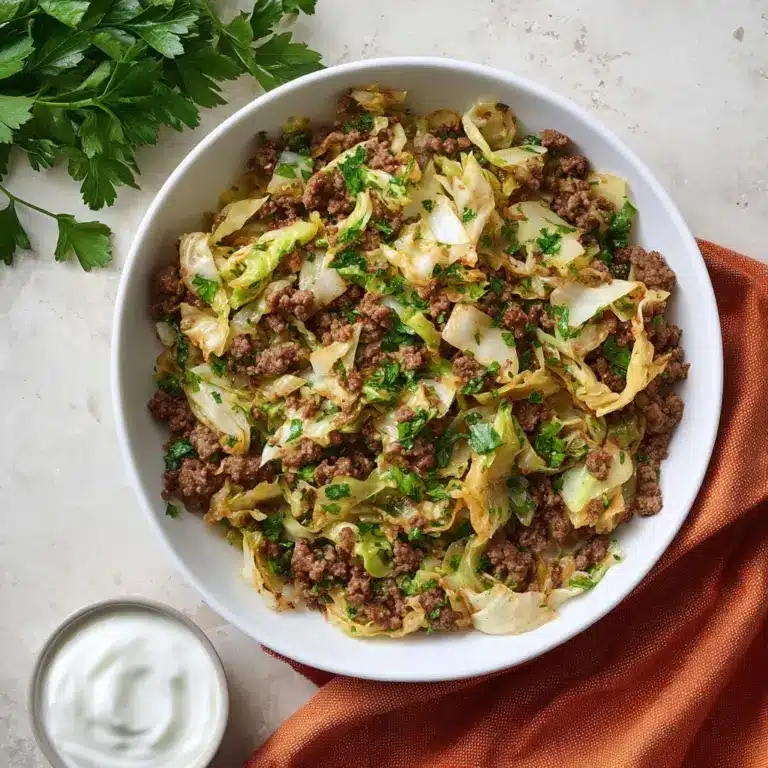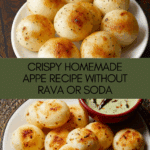Appe | Paddu (No Rava or Soda) Recipe
If you have been searching for a wholesome, flavorful, and wonderfully soft snack that doesn’t rely on rava or soda, look no further than this delightful recipe for Appe | Paddu (No Rava or Soda). It combines the rustic goodness of soaked rice and lentils with the vibrant crunch of tempered spices, delivering each bite as a celebration of South India’s traditional flavors. Perfectly fermented, these little dumplings crisp up just right on the outside while staying tender inside, making them irresistible for breakfasts, tea-time treats, or anytime cravings.
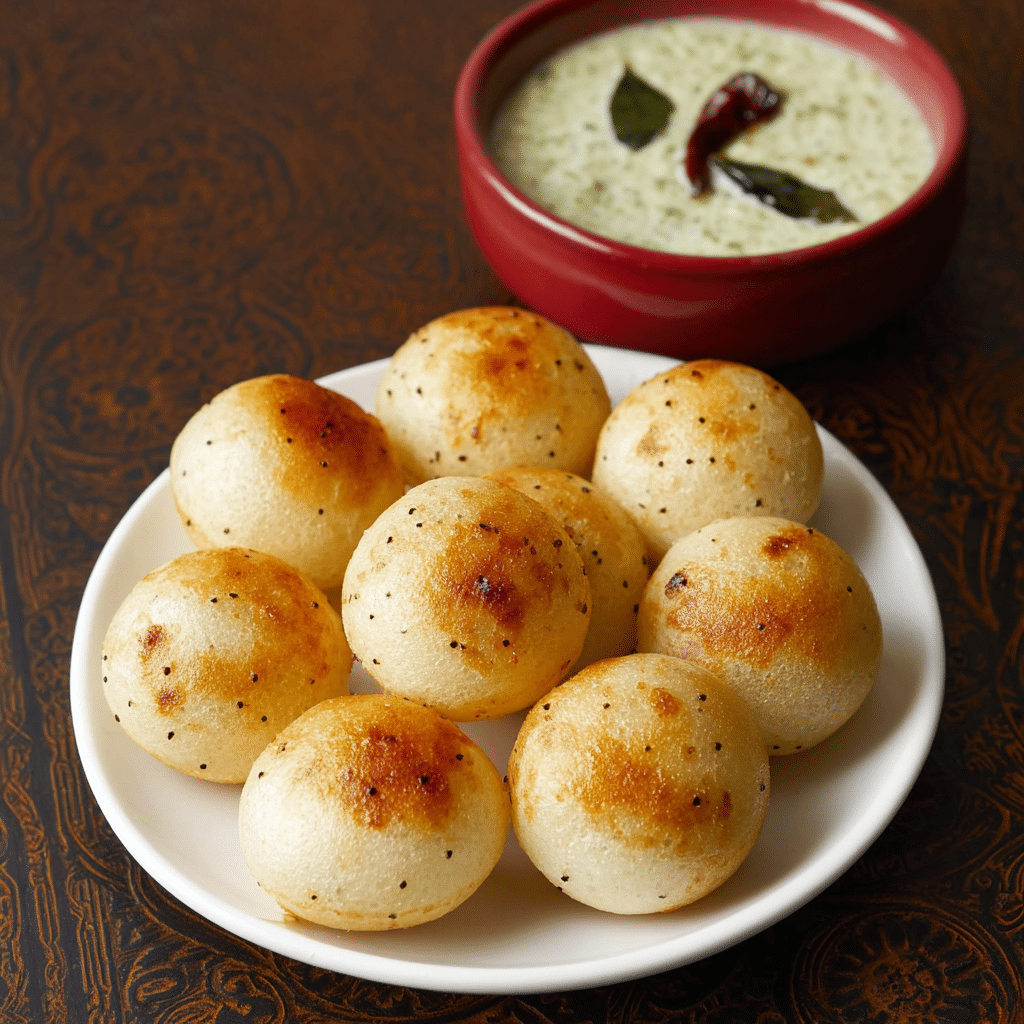
Ingredients You’ll Need
Getting the basics right is what makes Appe | Paddu (No Rava or Soda) so special. Each ingredient plays an essential role, from the rice and lentils providing that signature soft texture, to the poha which lends a slight tang and fluffiness. The tempering spices not only boost aroma but brighten every bite with bold flavors.
- Idli rice (1 cup): The backbone for softness; regular raw or parboiled rice works well too.
- Urad dal (3 tablespoons): Adds creaminess and helps with fermentation for a fluffy texture.
- Moong dal (2 tablespoons): Lends a delicate bite and balance to the lentil mix.
- Chana dal (2 tablespoons): Gives subtle nuttiness and firmness without overpowering.
- Water for soaking (2 cups for rice, ½ cup for lentils): Crucial for softening grains and initiating fermentation.
- Poha – thick variety (¼ cup): Adds a wonderful lightness and helps bind the batter.
- Edible rock salt (½ teaspoon): Essential for seasoning and drawing out flavors.
- Oil (1 tablespoon + 2 to 3 tablespoons): For tempering and greasing the pan for an elegant crisp.
- Mustard seeds (½ teaspoon): The first note in the tempering, delivering a subtle pop.
- Cumin seeds (½ teaspoon): Adds earthiness and warmth to the flavor profile.
- Onions (½ cup, finely chopped): Brings a sweet yet savory crunch when sautéed.
- Curry leaves (1 tablespoon, chopped): Infuses a fragrant depth that is unmistakably South Indian.
- Green chillies (1 teaspoon, finely chopped or 1 whole): Injects a lively kick of heat.
- Asafoetida (a pinch): Enhances digestion and adds a subtle umami note.
- Coriander leaves (2 to 3 tablespoons, chopped): Brings freshness and bright herbal aroma to the batter.
How to Make Appe | Paddu (No Rava or Soda)
Step 1: Soak and Prepare the Batter
The secret to perfect Appe | Paddu (No Rava or Soda) starts with soaking your rice and lentils just right, ensuring each grain softens to a creamy ideal. Rinse your urad dal, moong dal, and chana dal thoroughly before soaking them in half a cup of water for around 4 hours. In a separate bowl, do the same for the rice, soaking it in 2 cups of water. Meanwhile, rinse your poha a few times until it’s clean and soft, then drain it.
Step 2: Grind to Perfection
After soaking, drain the water from your lentils and grind them with ¼ cup of water into a smooth, thick batter. Transfer it into a large bowl or pan. Next, grind the soaked rice and poha together with ½ cup water until you achieve a fine, grainy consistency that isn’t too watery. Combine this with your lentil batter and add the edible rock salt. Mix everything thoroughly for even fermentation.
Step 3: Fermentation Magic
Cover your batter with a lid and leave it to ferment for 8 to 9 hours or longer, depending on your room temperature—this fermentation step is what produces the fluffy texture and that slight tang which makes Appe | Paddu (No Rava or Soda) so authentic. If you’re not using it immediately, the refrigerator will keep it fresh without overripening.
Step 4: Make the Tempering (Optional but Recommended)
This tempering step elevates the taste wonderfully, though you can skip it if you prefer plain appe. Heat a tablespoon of oil over medium-low heat, add mustard seeds until they crackle, then cumin seeds. Toss in finely chopped onions, green chillies, curry leaves, and a pinch of asafoetida. Sauté until the onions soften and the mix becomes fragrant. This sizzling mix is gently folded into the fermented batter along with fresh coriander leaves, boosting both flavor and texture.
Step 5: Cooking the Appe
Heat your appe pan on medium to medium-low and brush each mould lightly with oil. Fill each mould about three-quarters full, starting around the circumference and finishing with the center moulds—this technique helps cook the center evenly as it’s closer to the heat source. Cover with a lid and let them cook until the tops are firm and bases turn crisp, golden brown. Flip each appe carefully, cooking the other side uncovered until crispy and perfectly cooked all around. Remove and keep warm until serving.
How to Serve Appe | Paddu (No Rava or Soda)
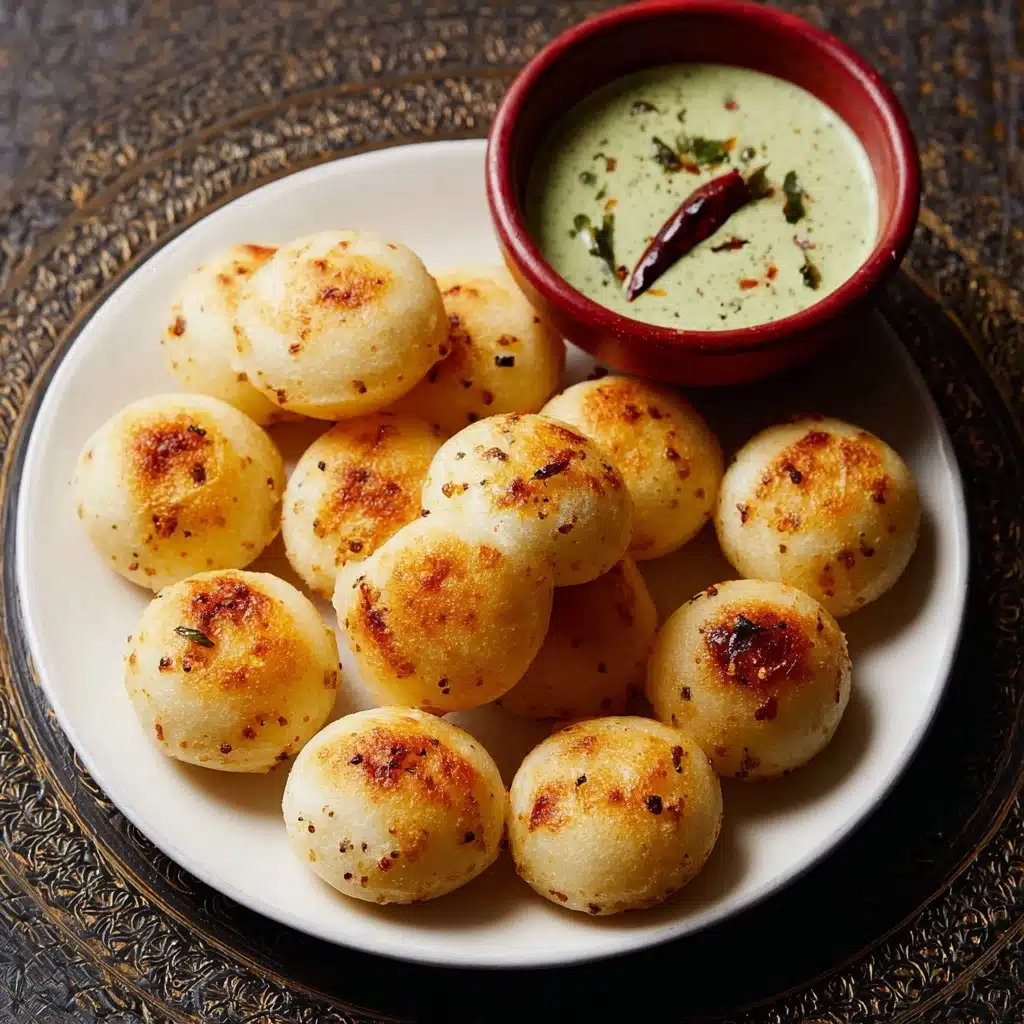
Garnishes
A sprinkle of freshly chopped coriander leaves or a squeeze of lemon juice on hot appe adds an unforgettable zing and freshness that complements the deep flavors beautifully. You can also serve them with a dollop of butter for an indulgent touch.
Side Dishes
The classic way to enjoy Appe | Paddu (No Rava or Soda) is with an array of chutneys—coconut chutney’s creamy, nutty sweetness balances the savory appe perfectly. Green coriander chutney brings a refreshing herbaceousness, peanut chutney adds a roasted richness, and ginger chutney offers a gentle warmth that awakens the palate.
Creative Ways to Present
For a fun twist, stack appe in a tall tower on a platter surrounded by dips for dipping and sharing with friends at gatherings. Another great idea is to skewer them on decorative picks, allowing easy nibbling while mingling. Pairing appe with a hot cup of chai or spiced coffee makes for a cozy, irresistible snack experience that everyone will love.
Make Ahead and Storage
Storing Leftovers
Leftover appe can be stored in an airtight container in the refrigerator for up to two days. To keep them from becoming soggy, place a paper towel inside the container to absorb any excess moisture. They retain their lovely texture well, making them just as enjoyable the next day.
Freezing
If you want to keep appe for longer, freeze them in a single layer on a baking sheet before transferring to a freezer-safe bag or container. This way, they won’t stick together, and you can take out only what you need. Frozen appe can last up to one month.
Reheating
For best results, reheat appe on a pan over medium heat with a light drizzle of oil until crisp again on all sides. Microwave reheating tends to make them a bit soft and chewy, so stovetop is definitely preferred for crunchiness and fresh-from-the-pan appeal.
FAQs
Can I use regular rice instead of idli rice for Appe | Paddu (No Rava or Soda)?
Absolutely! Regular raw or parboiled rice works well, though the texture might be slightly different. Just reduce the water a bit when grinding to maintain the right batter consistency.
Is it necessary to ferment the batter?
Fermentation is key to getting the traditional light and fluffy texture and that slight tang. While you can make appe without fermenting, the dish won’t have the same depth of flavor or softness.
Can I skip the tempering step?
Yes, tempering is optional but highly recommended. It adds wonderful aroma and subtle spice notes that lift the overall flavor, making your Appe | Paddu (No Rava or Soda) extra special.
How do I prevent the appe from sticking to the pan?
Make sure to grease each mould of your appe pan generously with oil before pouring the batter. Using a non-stick appe pan also helps. Allow the batter to cook fully on one side before flipping to avoid tearing.
What chutneys go best with Appe | Paddu (No Rava or Soda)?
Coconut chutney, green coriander chutney, peanut chutney, and ginger chutney are all excellent choices. Their varied flavors create a perfect harmony with the savory appe, so feel free to try different combos and find your favorite!
Final Thoughts
Making Appe | Paddu (No Rava or Soda) is like inviting a little piece of South Indian tradition into your kitchen—a journey in simplicity, taste, and comfort all wrapped in one. Once you master it, you’ll find it hard to resist turning to this snack whenever you want a satisfying and wholesome bite. So grab your ingredients, set your batter to ferment, and get ready to enjoy these golden, fluffy little treats that are nothing short of magical!

Appe | Paddu (No Rava or Soda) Recipe
- Total Time: 12 hours 30 minutes (includes soaking and fermentation)
- Yield: About 20–25 appe (serves 4) 1x
- Diet: Vegetarian
Description
This Appe (Paddu) recipe is a delicious South Indian snack made without using rava or soda, relying on fermented batter made from idli rice and a combination of lentils. These crispy, golden mini rice cakes are infused with a flavorful tempering of mustard seeds, cumin seeds, onions, curry leaves, green chilies, asafoetida, and fresh coriander leaves. Perfect as a breakfast, snack, or appetizer served alongside coconut or peanut chutney.
Ingredients
Batter Ingredients
- 1 cup idli rice (or regular raw rice/parboiled rice)
- 3 tablespoons urad dal (hulled black gram, split or whole)
- 2 tablespoons moong dal (hulled green gram, split)
- 2 tablespoons chana dal (hulled bengal gram, split)
- 2 cups water (for soaking rice)
- ½ cup water (for soaking lentils)
- ¼ cup poha (thick variety, rinsed in water)
- ¼ cup water (for grinding lentils)
- ½ cup water (or as needed for grinding rice)
- ½ teaspoon edible rock salt (or as needed)
Tempering Ingredients (optional)
- 1 tablespoon oil
- ½ teaspoon mustard seeds
- ½ teaspoon cumin seeds
- ½ cup onions (finely chopped)
- 1 tablespoon curry leaves (chopped)
- 1 teaspoon green chillies (finely chopped or 1 green chilli)
- 1 pinch asafoetida
- 2 to 3 tablespoons coriander leaves (chopped)
- 2 to 3 tablespoons oil (or as needed for cooking)
Instructions
- Soak Rice and Lentils: Rinse urad dal, moong dal, and chana dal thoroughly 3 to 4 times. Soak them in ½ cup water for 4 hours. Rinse the rice 3 to 4 times and soak in 2 cups water for 4 hours. Rinse the poha a few times in water, drain, and set aside.
- Prepare Lentil Batter: Drain the water from soaked lentils and add them to a blender with ¼ cup water. Grind to a thick or medium-thick smooth batter with fine consistency. Transfer to a bowl or pan.
- Prepare Rice Batter: In the same blender, add soaked rice and rinsed poha along with ½ cup water. Grind to a fine grainy or smooth batter. Combine with lentil batter in the bowl, add rock salt, and mix well.
- Ferment the Batter: Cover the batter and let it ferment for 8 to 9 hours or until it rises and develops a slightly tangy aroma. Fermentation time depends on room temperature.
- Make Tempering (Optional): Heat 1 tablespoon oil on medium-low heat in a frying pan. Add mustard seeds and let them splutter. Add cumin seeds and wait for crackling. Add chopped onions, green chillies, curry leaves, and a pinch of asafoetida. Sauté until onions soften, about 2 to 3 minutes.
- Mix Tempering with Batter: Add the sautéed tempering and chopped coriander leaves to the fermented batter and mix thoroughly.
- Heat the Appe Pan: Place the appe pan on medium-low or medium heat. Add ¼ to ⅓ teaspoon oil in each mould and allow it to heat slightly.
- Cook Appe: Pour spoonfuls of batter into each mould, filling up to ¾ volume. Fill moulds along the edges first, then the center for even cooking. Cover with lid and cook until the top looks firm and the base is golden and crispy.
- Flip and Finish Cooking: Turn over each appe carefully to cook the top side without lid. Cook until golden and crispy on all sides, flipping again if needed for even browning.
- Serve: Remove cooked appe and serve hot with coconut chutney, green coriander chutney, peanut chutney, or ginger chutney. Keep leftovers warm in a hot pot if needed.
Notes
- The fermentation time varies depending on room temperature; warmer climates hasten fermentation.
- Tempering is optional but adds great flavor to the batter.
- You can substitute idli rice with regular raw rice or parboiled rice if needed.
- Adjust water quantity slightly to achieve a batter consistency that is thick but flows easily.
- Appe pan is essential for traditional shape; aebleskiver pan or takoyaki pan can be used as an alternative.
- Store leftover batter in the refrigerator to slow fermentation if not using immediately.
- Serve freshly made appe immediately for best texture and taste.
- Prep Time: 10 minutes plus 4 hours soaking plus 8-9 hours fermentation
- Cook Time: 20 minutes
- Category: Snack
- Method: Soaking, Grinding, Fermentation, Pan-frying
- Cuisine: South Indian
Nutrition
- Serving Size: 5 appe (approx. 100g)
- Calories: 170 kcal
- Sugar: 1 g
- Sodium: 250 mg
- Fat: 6 g
- Saturated Fat: 1 g
- Unsaturated Fat: 5 g
- Trans Fat: 0 g
- Carbohydrates: 25 g
- Fiber: 2 g
- Protein: 5 g
- Cholesterol: 0 mg
Keywords: Appe, Paddu, Rice and lentil snack, South Indian recipe, fermented batter, savory snack


